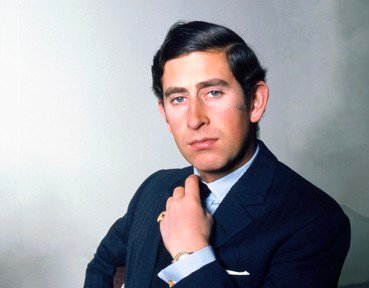
King Charles III and Succession Quiz
The moment Queen Elizabeth II passed away on 8th September 2022, Charles III became king, and the line of succession for the British monarchy changed. Place the King's heirs in their correct spot on the new line of succession formed on that fateful day.
An ordering quiz
by ponycargirl.
Estimated time: 3 mins.